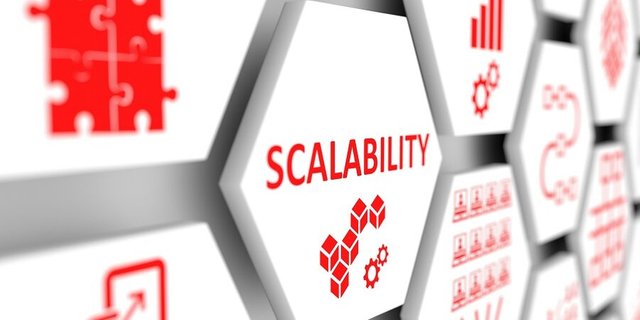Blockchain Scalability
Scalability is a kind of upgrade of a system in increasing demand. For example, in the case of PC upgrading, the more you update the hardware and increase the comparability, the more performance increases. But blockchain scalability has a different story to tell about increasing transaction capacity.
Bitcoin is on a decentralized system where each person gets a copy of the blockchain blocks and no one can manage the others. Therefore, the discussion of scalability in this section will be slightly different in that it is not possible to upgrade an entire blockchain system.
Blockchain Scalability Problems
In a blockchain network, setting up each node alone is easy, but synchronizing multiple nodes is difficult. this is because each node must connect to the other nodes. In general, blockchain capacity is defined based on the number of transactions performed on each chain. Sometimes the amount of transactions in the blocks is so high that they become difficult to manage and the speed decreases.

Off-Chain Scaling Solutions
Off-chain scalability is a method that allows transactions to perform outside of each chain. Protocols allowing users to send or receive capital through this without having to make a transaction in the core of the blockchain. In this method, two options were made:
Sidechains
Sidechain is a separate blockchain that does not work separately but is a new entity from the original blockchain. The Sidechain can easily work alongside the blockchain, and transactions can move between the two systems.
Sometimes transactions do not enter the Sidechain completely from the blockchain. In this case, the transaction address store and the same amount is similarly manipulated, to reduce the data transfer rate.